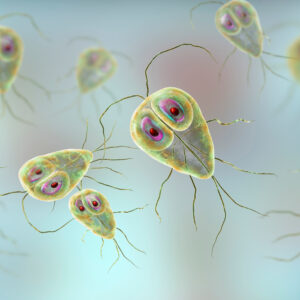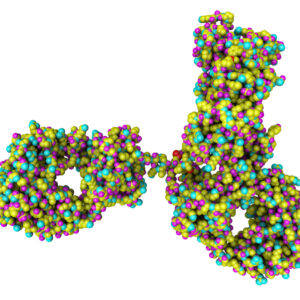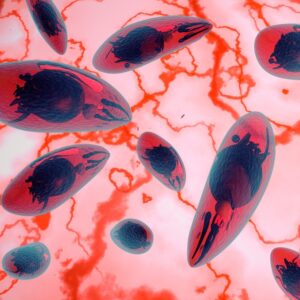CRYPTOSPORIDIUM PARVUM OOCYSTS
Cryptosporidium parvum oocysts are purified from the faeces of experimentally infected calves using density gradient centrifugation and repeated washing.
PRODUCT DETAILS – CRYPTOSPORIDIUM PARVUM OOCYSTS
- Cryptosporidium parvum oocysts.
- 1×10 to the 6 oocysts (approx. 0.1 mg) and 5×10 to the 6 oocysts (approx. 0.5 mg) available; where dry weight of 1×10 to the 7 oocysts is estimated to be 1.0 mg.
- Purified by density gradient centrifugation and repeated washing.
- Heat inactivated at 80ºC for 20 minutes.
- Presented as liquid in in phosphate buffered saline.
- For use in assay development and as an immunogen for antibody generation.
BACKGROUND
Generally, Cryptosporidium are ubiquitous in nature and can, therefore, be found in different environments across the globe. They are also zoonotic and thus spread between animals and human beings. The organism was first described in 1907, as an apicomplexan parasite identified from the gastric epithelium of laboratory mice, and later named Cryptosporidium muris. The earliest cases of human cryptosporidiosis were reported in the mid-1970s among a number of patients who exhibited severe watery diarrhea. In a review of worldwide waterborne disease outbreaks occurring between 2004 and 2010, Baldursson and Karanis found that Cryptosporidium is the most common waterborne parasite, responsible for more than 60% of outbreaks. However, only a few Cryptosporidium spp. infect humans, of which C. parvum and Cryptosporidium hominis are the most prevalent (Bouzid et al., 2013; Bouzid, 2014). Their characteristic resistance is due mainly to their environmentally resistant oocyst surviving most water disinfection procedures; they can survive in aquatic environments for months. The oocysts have a spheroid shape and are 4 to 6 µm in diameter. The structure of the oocyst wall is rich in complex polysaccharides. As few as 30 ingested Cryptosporidium oocysts causes a profuse watery diarrhea and infection in immunocompromised individuals is much more severe. Currently, a number of techniques are used to detect the presence of Cryptosporidium (particularly C. parvum) in patients, including acid-fast staining and antigen tests using labelled antibodies.
REFERENCES
- Bouzid M, Hunter PR, Chalmers RM, Tyler KM. Cryptosporidium pathogenicity and virulence. Clin Microbiol Rev. 2013 Jan;26(1):115-34.
- Waterborne Parasites. Detection of Food- and Waterborne Parasites. M. Bouzid, in Encyclopedia of Food Microbiology (Second Edition), 2014.




